"Dancing With Asteroids: The Story Of 3753 Cruithne"
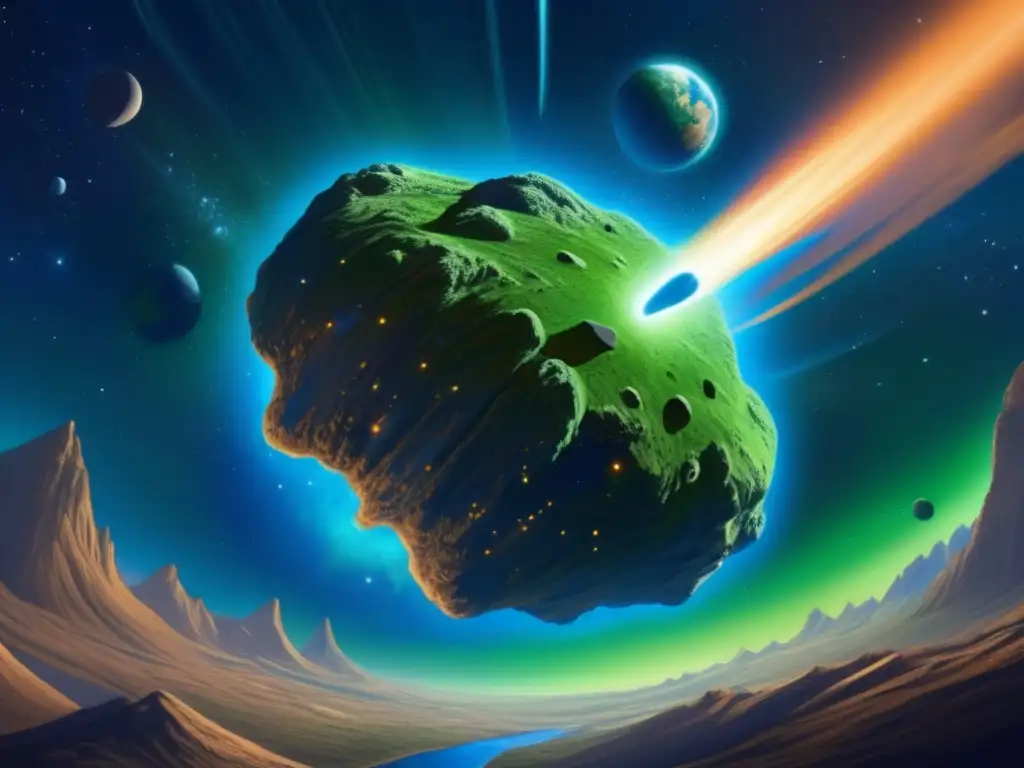
Introduction
Asteroids have been among us since the beginning of time. They offer a wealth of knowledge and wonder, and they have been studied for countless generations. One asteroid that has caught the attention of many astronomers is the asteroid 3753 Cruithne. This asteroid has a unique story, which is why it's worth exploring in-depth. In this article, we will dive deep into the story of 3753 Cruithne, a fascinating asteroid that dances with Earth.
Discovery
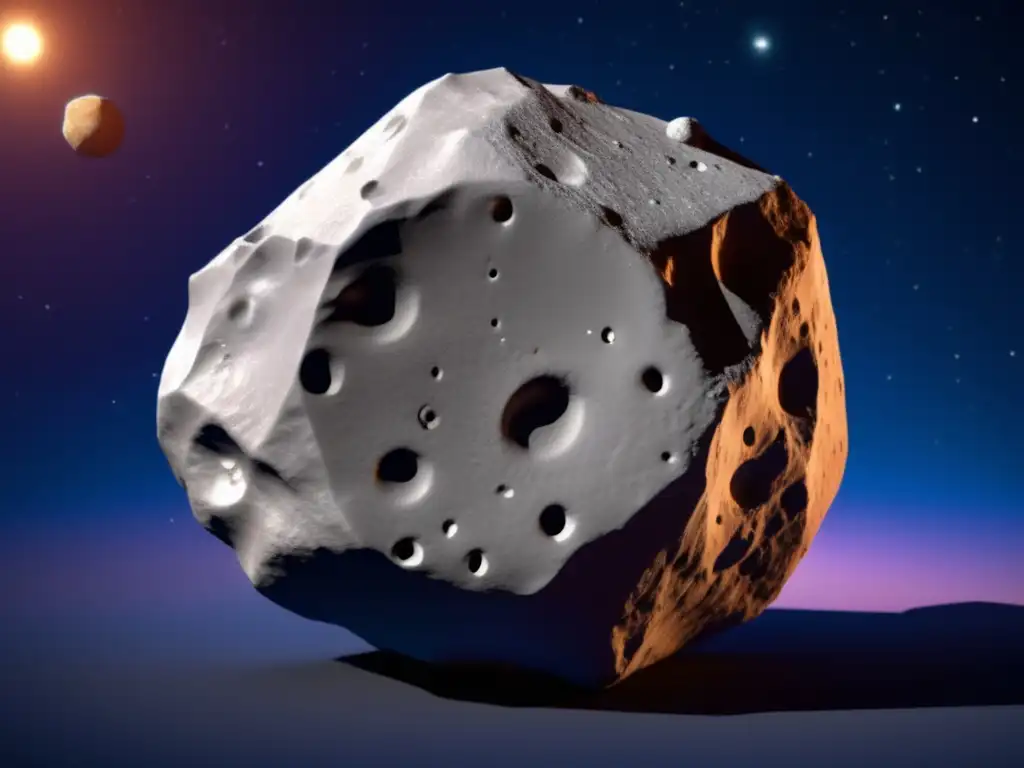
Who discovered 3753 Cruithne?
3753 Cruithne was discovered by Duncan Waldron, an astronomer at the Armagh Observatory in Northern Ireland. It was first observed on October 10, 1986, through a telescope in Australia. The asteroid was later named after the Celtic god of harvest, who is associated with fertility and the cycle of life.
What makes 3753 Cruithne so unique?
3753 Cruithne is unique because of its horseshoe-shaped orbit. Unlike other asteroids that have elliptical orbits that cross the orbits of other planets, 3753 Cruithne never crosses Earth's orbit. Instead, it follows a path that is closer to Earth than any other known asteroid. This allows it to perform a rare celestial dance with our planet that has captured the imaginations of astronomers worldwide.
How long does it take 3753 Cruithne to orbit the Sun?
3753 Cruithne's orbit around the Sun takes about 364.24 days, which is roughly the same as the time it takes Earth to complete its orbit. This is why 3753 Cruithne is often referred to as a "co-orbital" asteroid.
The Dance of 3753 Cruithne
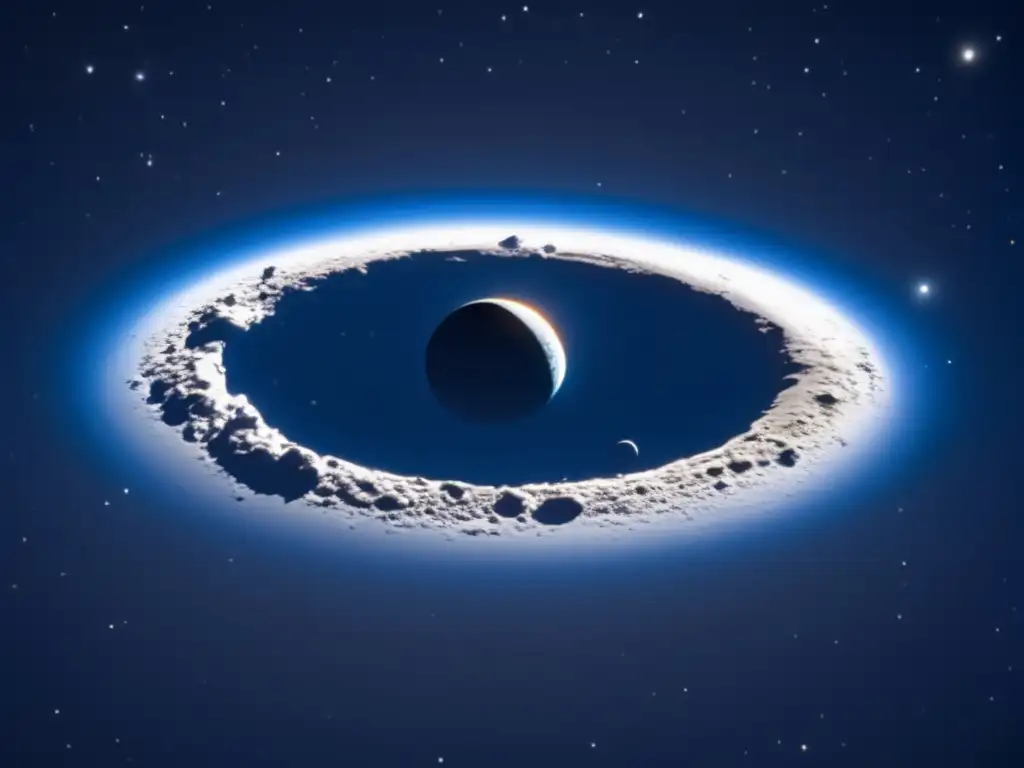
What is the "dance" of 3753 Cruithne?
The "dance" of 3753 Cruithne is a unique phenomenon that occurs because of its horseshoe-shaped orbit. As it orbits the Sun, it gets close to Earth's orbit, and then it moves away again. This creates a gravitational pull that causes it to appear to be "leading" or "trailing" Earth. The dance takes about 770 years to complete.
When will 3753 Cruithne perform its next "dance"?
3753 Cruithne's next "dance" with Earth is expected to occur in the year 2292. During this time, it will get as close as about 12 million kilometers (7.5 million miles) to Earth, which is about 30 times the distance between Earth and the Moon.
Can we see 3753 Cruithne from Earth?
3753 Cruithne is relatively small, with a diameter of only about 5 kilometers (3 miles). It's not visible to the naked eye, and even amateur telescopes may struggle to spot it. However, it's possible to observe it through larger telescopes at specific times.
Impact Hazards
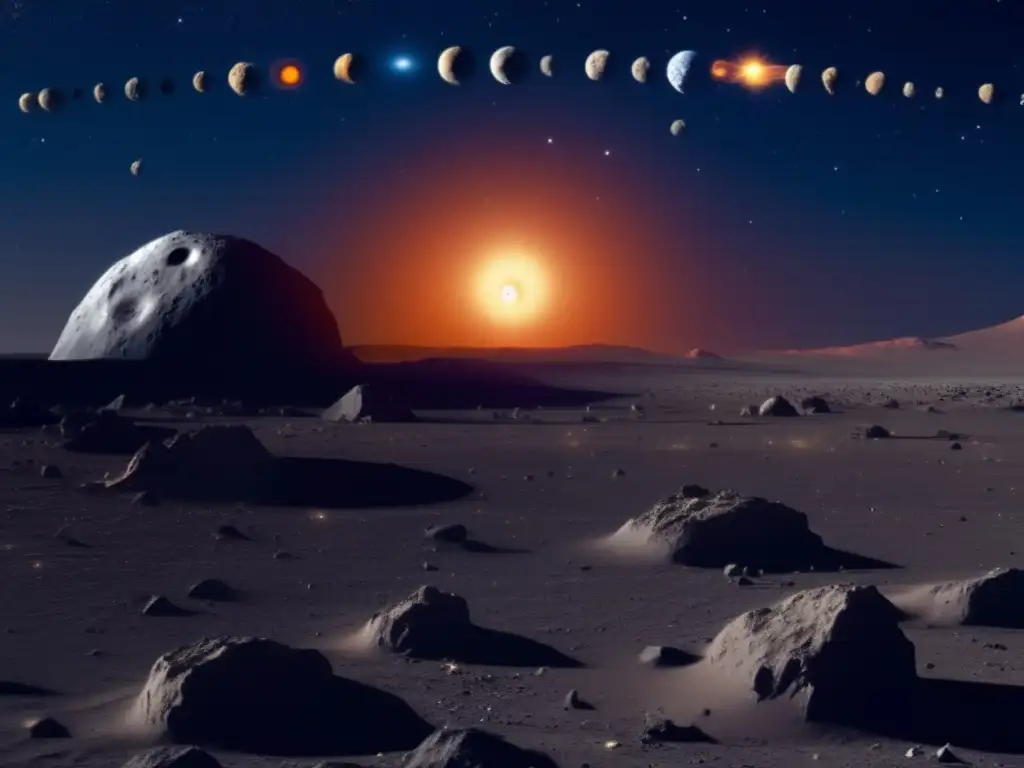
Is 3753 Cruithne a threat to Earth?
3753 Cruithne does not pose a threat to Earth. Its orbit is stable, and it will never collide with our planet. However, it's important to note that other asteroids do pose a threat, and scientists are continuing to study them to better understand the risks they may present.
What are some of the most significant asteroid impacts on Earth?
Some of the most significant asteroid impacts on Earth include the Chicxulub impact in Mexico, which is believed to have contributed to the extinction of the dinosaurs, and the Tunguska event in Siberia, which caused widespread damage but fortunately did not result in any known fatalities.
What is being done to prevent asteroid impacts?
Scientists are working continually to identify asteroids that could pose a threat to Earth. They are also exploring various techniques for deflecting or redirecting asteroids that may be on a collision course with our planet, such as using nuclear explosives or gravitational tractors. Governments around the world are investing in more advanced asteroid observation systems and technologies that could help prevent asteroid impacts in the future.
Frequently Asked Questions
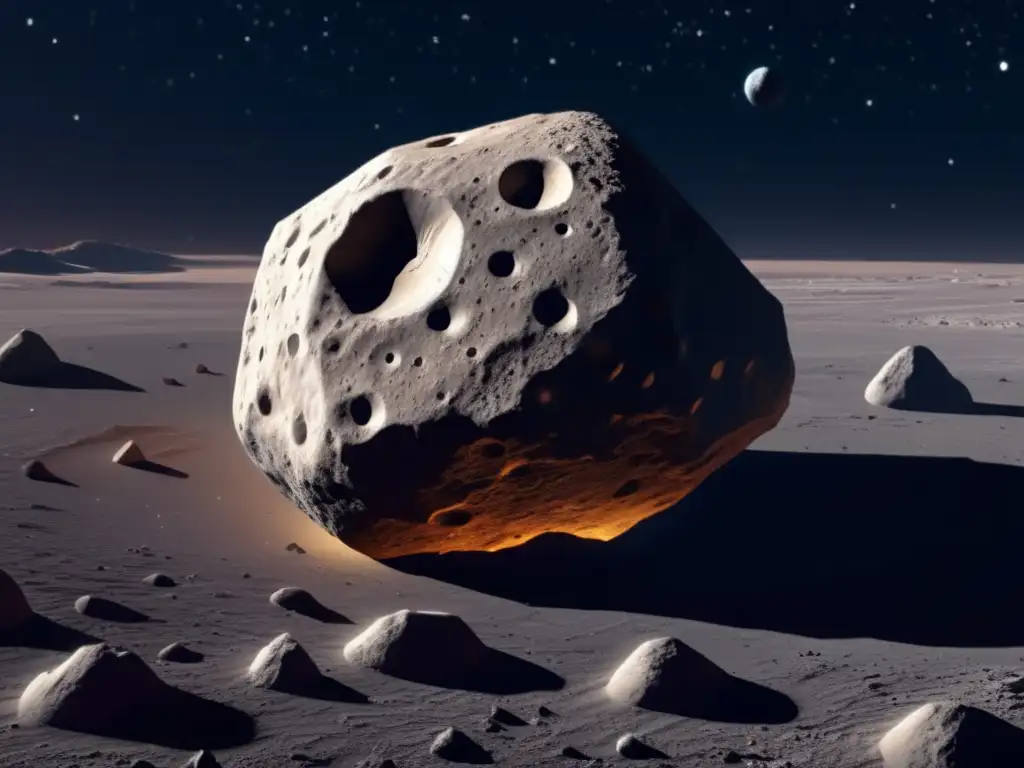
-
Is 3753 Cruithne dangerous?
No, 3753 Cruithne is not dangerous to Earth.
-
When will 3753 Cruithne perform its next "dance" with Earth?
3753 Cruithne's next "dance" is expected to occur in the year 2292.
-
Could we mine resources from 3753 Cruithne?
It's possible, but the asteroid is relatively small, with an estimated diameter of only about 5 kilometers (3 miles).
-
What is the significance of studying asteroids like 3753 Cruithne?
Asteroids like 3753 Cruithne can provide valuable insights into the history and composition of our solar system. They can also help us better understand the potential risks posed by larger asteroids that might be on a collision course with Earth.
-
Can we send a spacecraft to visit 3753 Cruithne?
It's possible, but no spacecraft has been sent to the asteroid at this time.
Conclusion
3753 Cruithne is a fascinating asteroid that offers a unique insight into the behavior of asteroids in our solar system. Its horseshoe-shaped orbit and "dance" with Earth have captured the attention of astronomers worldwide. While it's not dangerous to Earth, continued research into asteroids like 3753 Cruithne is critical to our understanding of the risks presented by larger asteroid impacts. By studying these celestial objects, we can better prepare for potential future threats and gain a deeper appreciation for the wonders of our universe.
We hope you found this article informative and enjoyable. Don't forget to share your thoughts in the comments section and to positively interact with www.asteroidrealm.com, whether by subscribing, sharing the article on social networks, or other forms of participation. Thank you for your time and attention!
Additional Resources
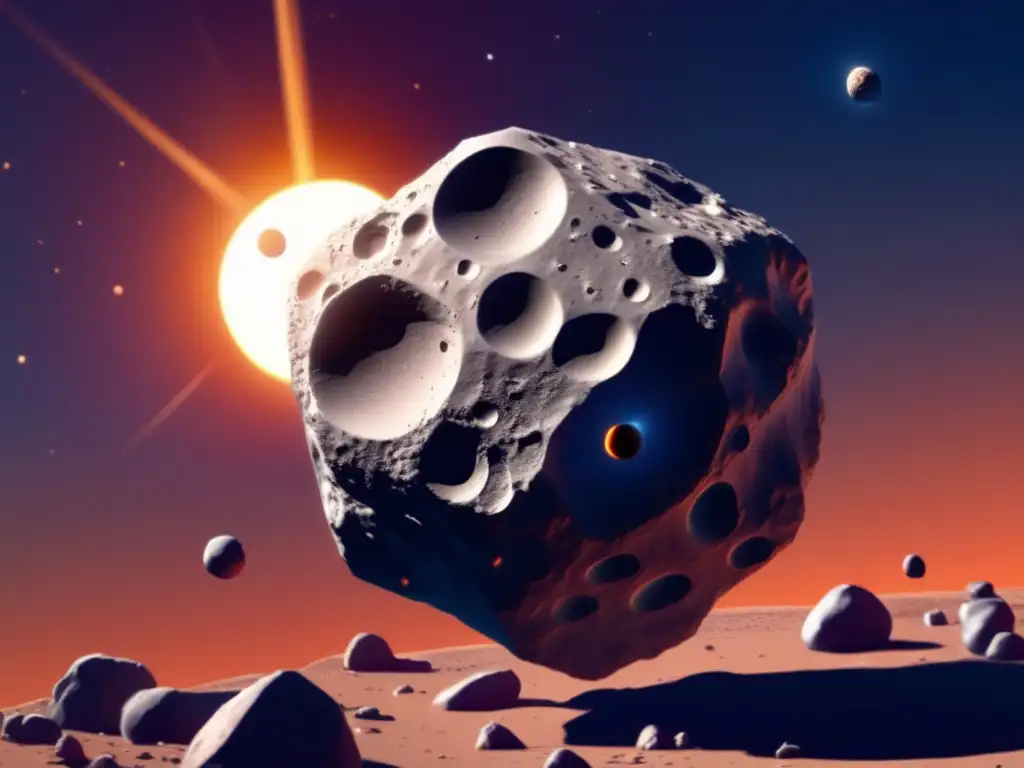
For more information about asteroids and related topics, check out the following resources:
- www.nasa.gov/asteroids
- www.space.com/topics/asteroids
- www.iau.org/public/themes/asteroids
 "The Discovery And Dynamics Of Double Asteroids"
"The Discovery And Dynamics Of Double Asteroids" "Beyond The Asteroid Belt: The Discovery Of Trans-Neptunian Objects"
"Beyond The Asteroid Belt: The Discovery Of Trans-Neptunian Objects" "Asteroid Families: Clues To Planetary Formation"
"Asteroid Families: Clues To Planetary Formation"If you want to discover more articles similar to "Dancing With Asteroids: The Story Of 3753 Cruithne", you can visit the Asteroid Discoveries category.
Leave a Reply

Articulos relacionados: